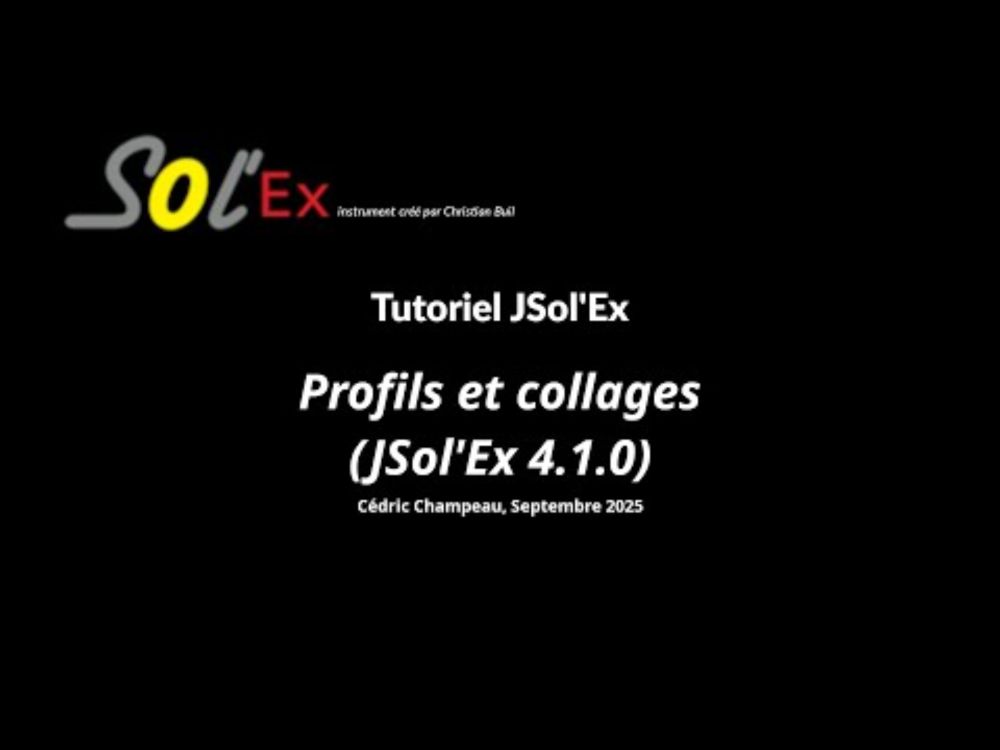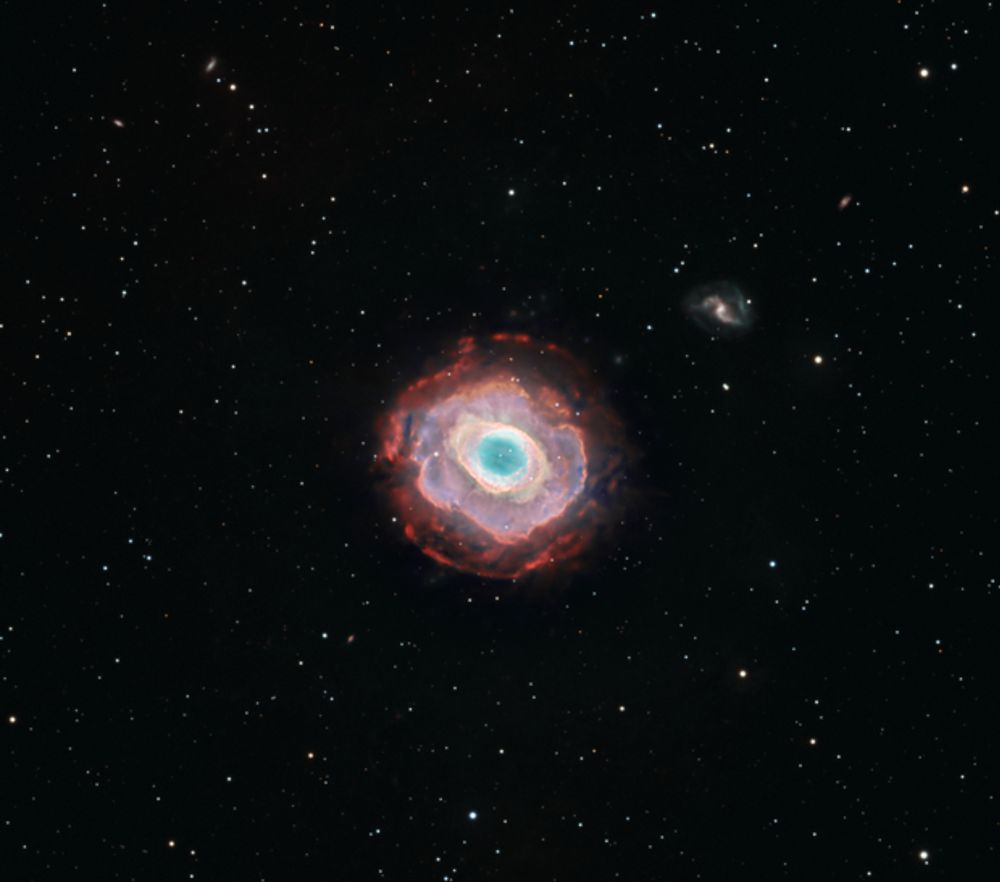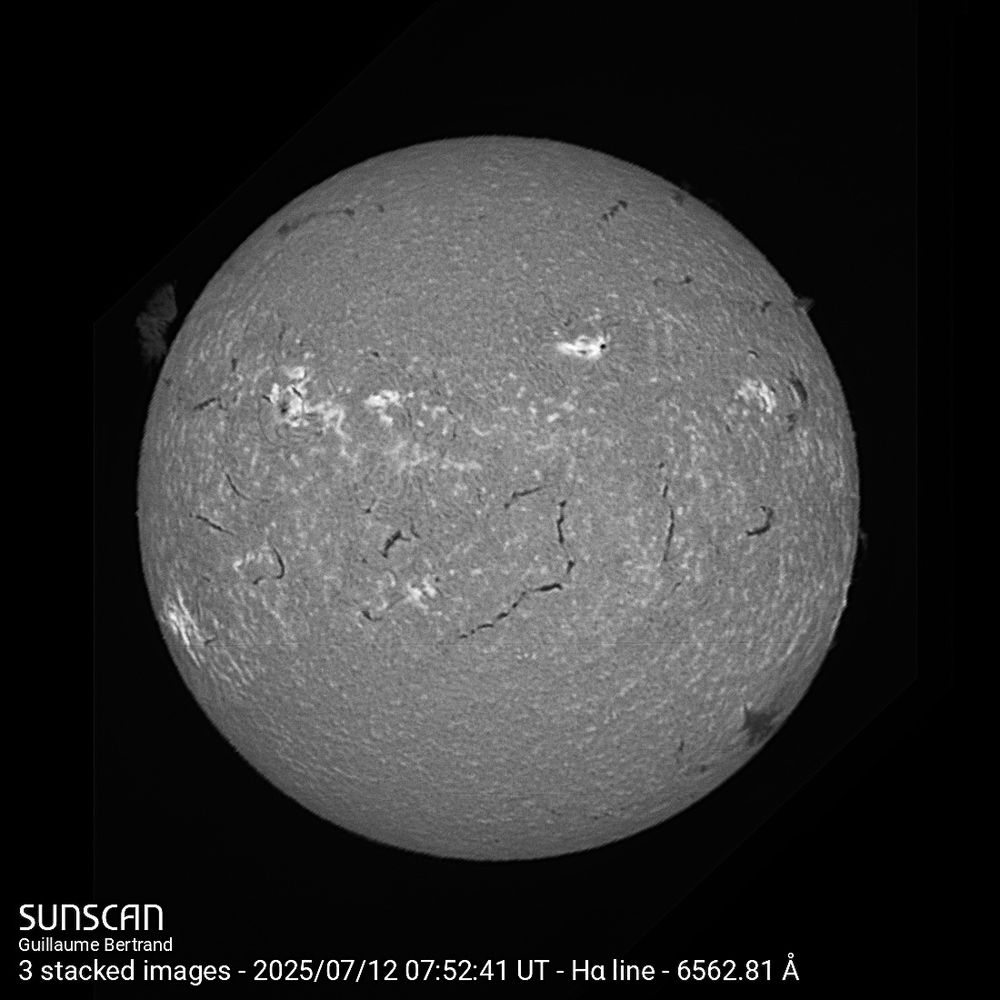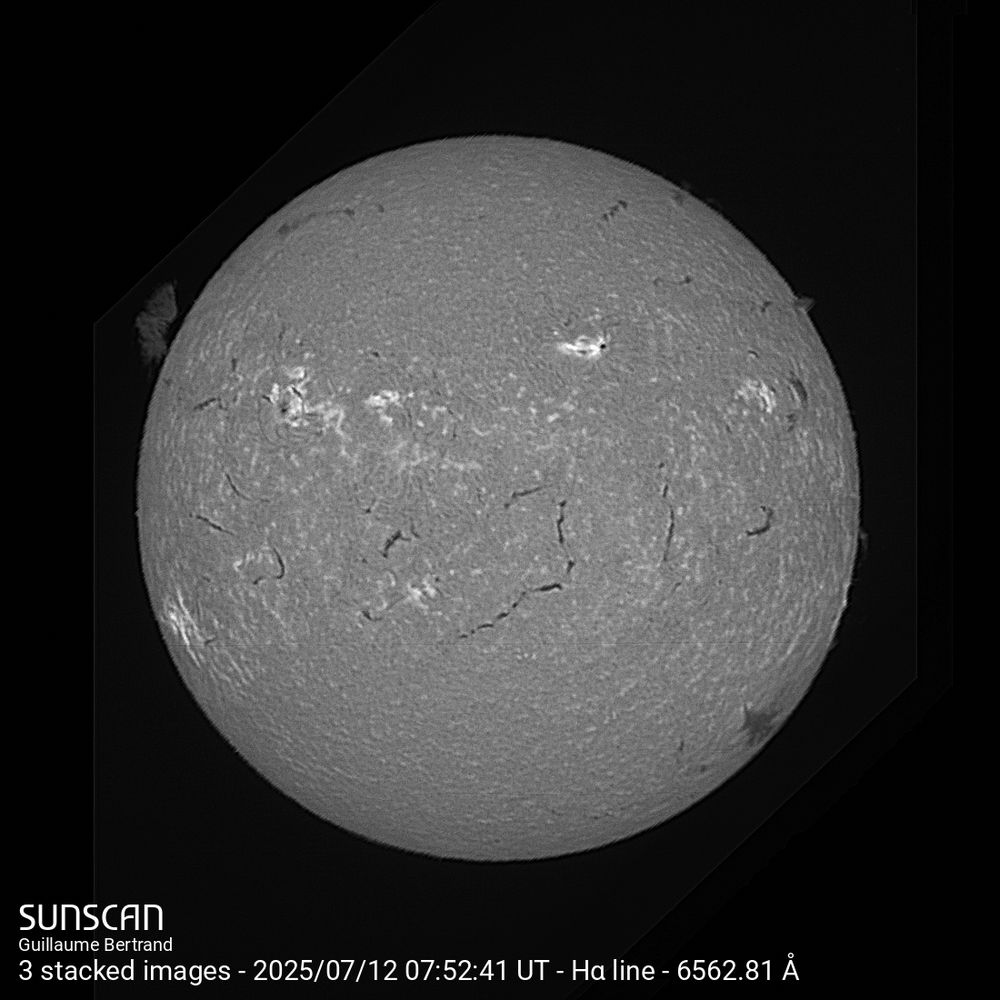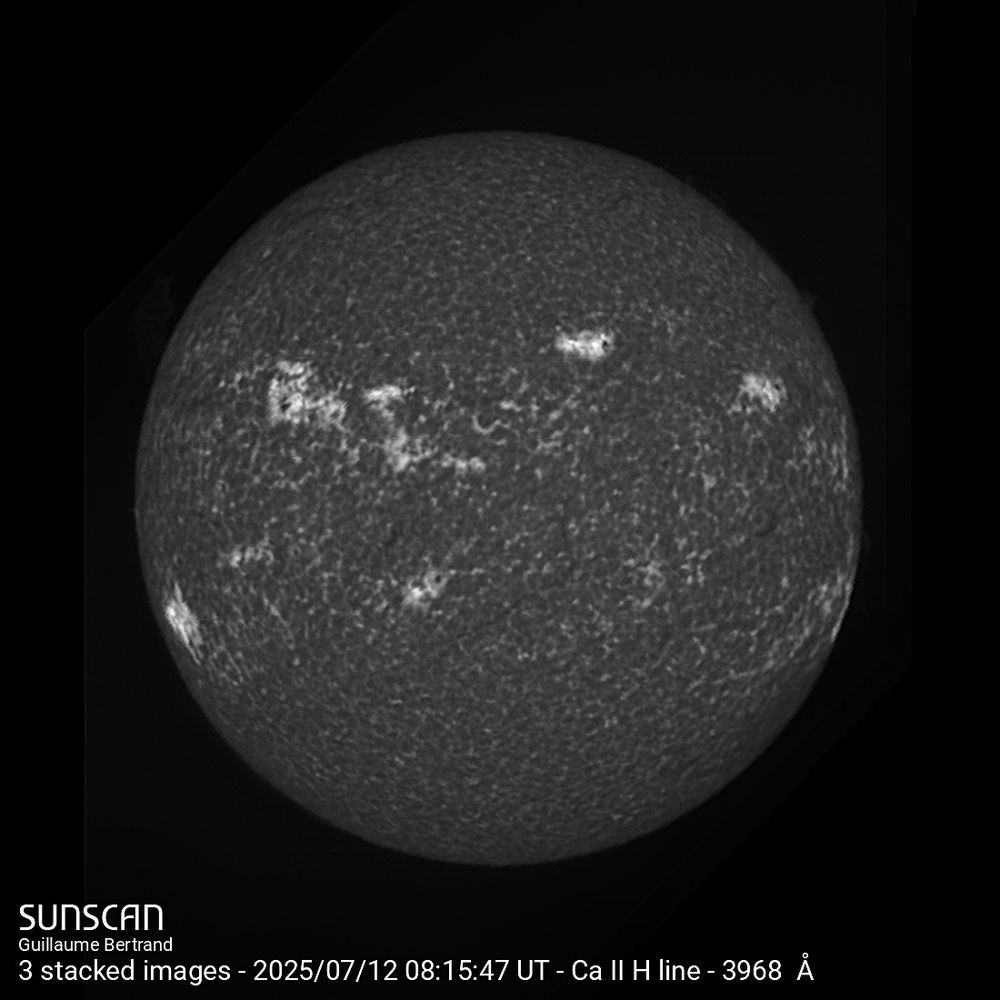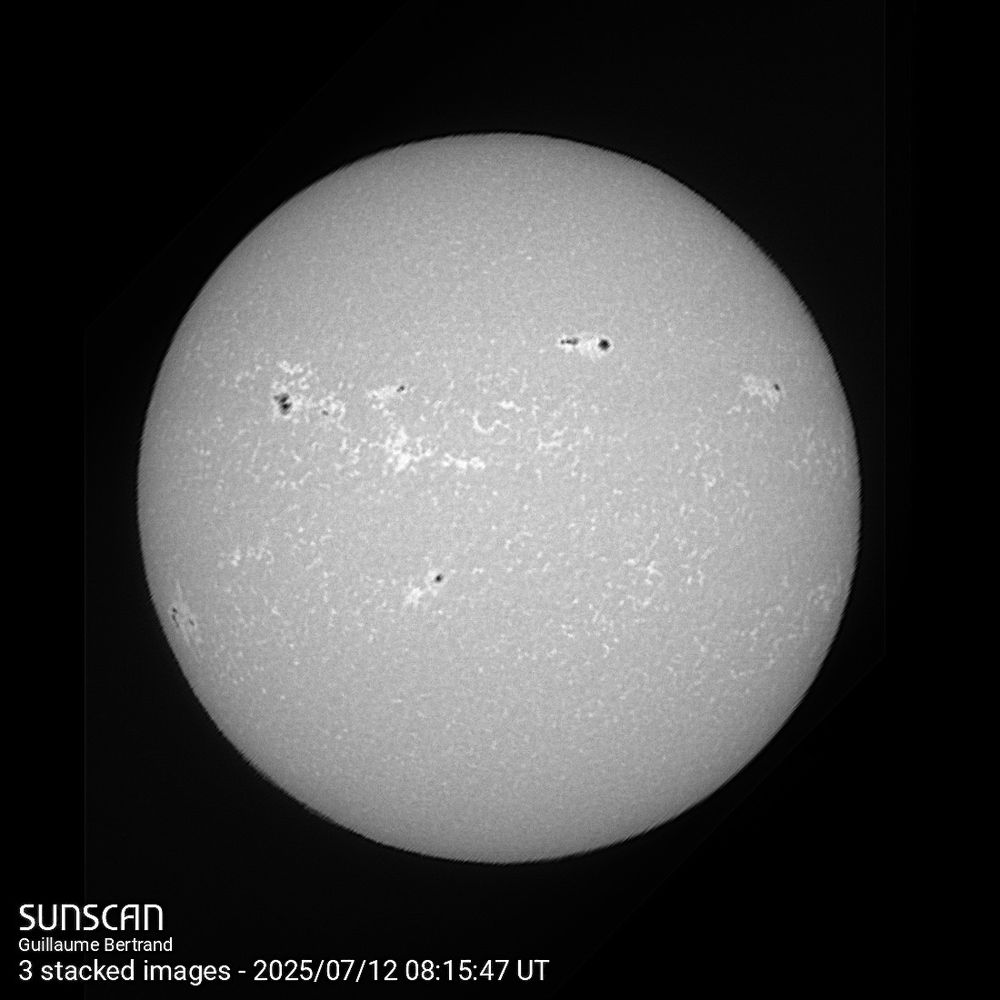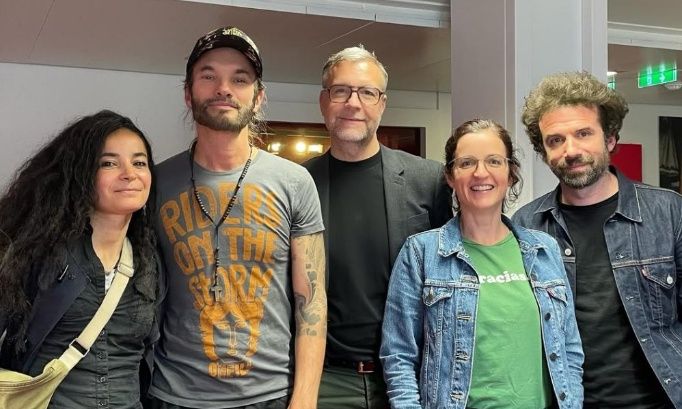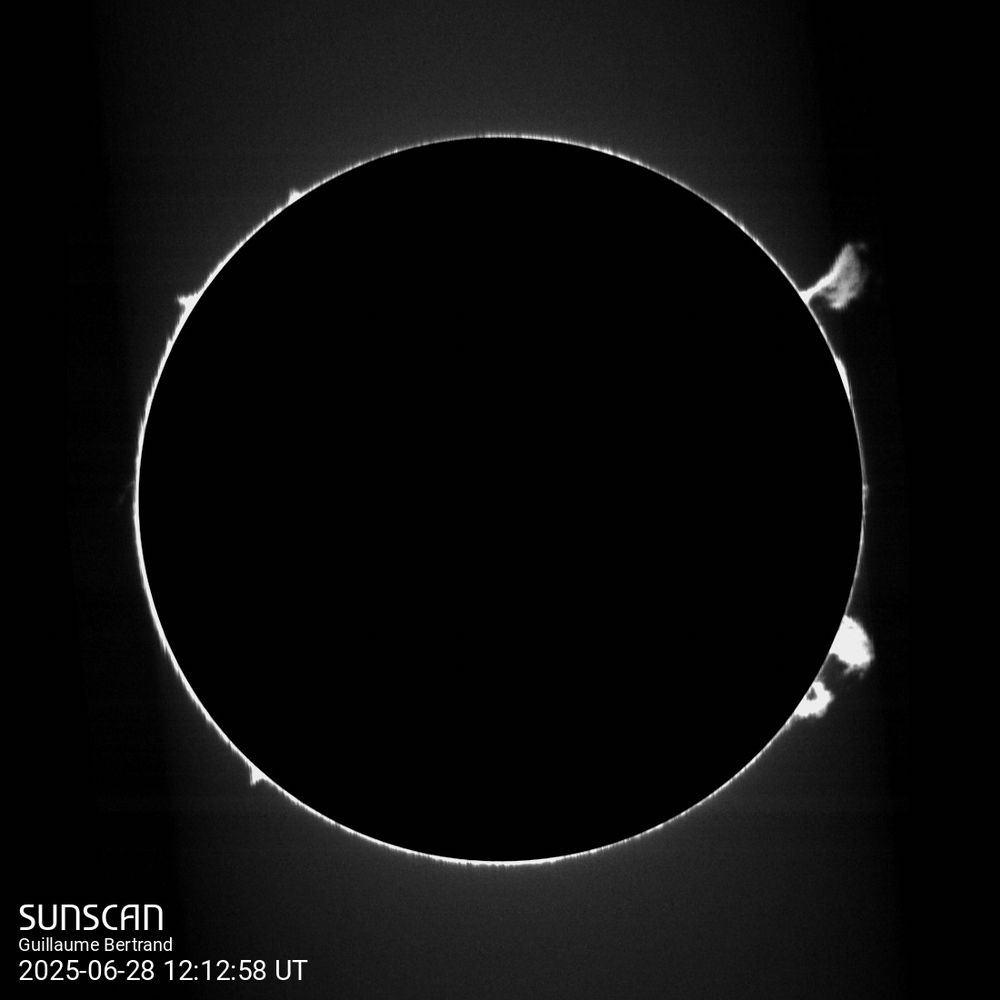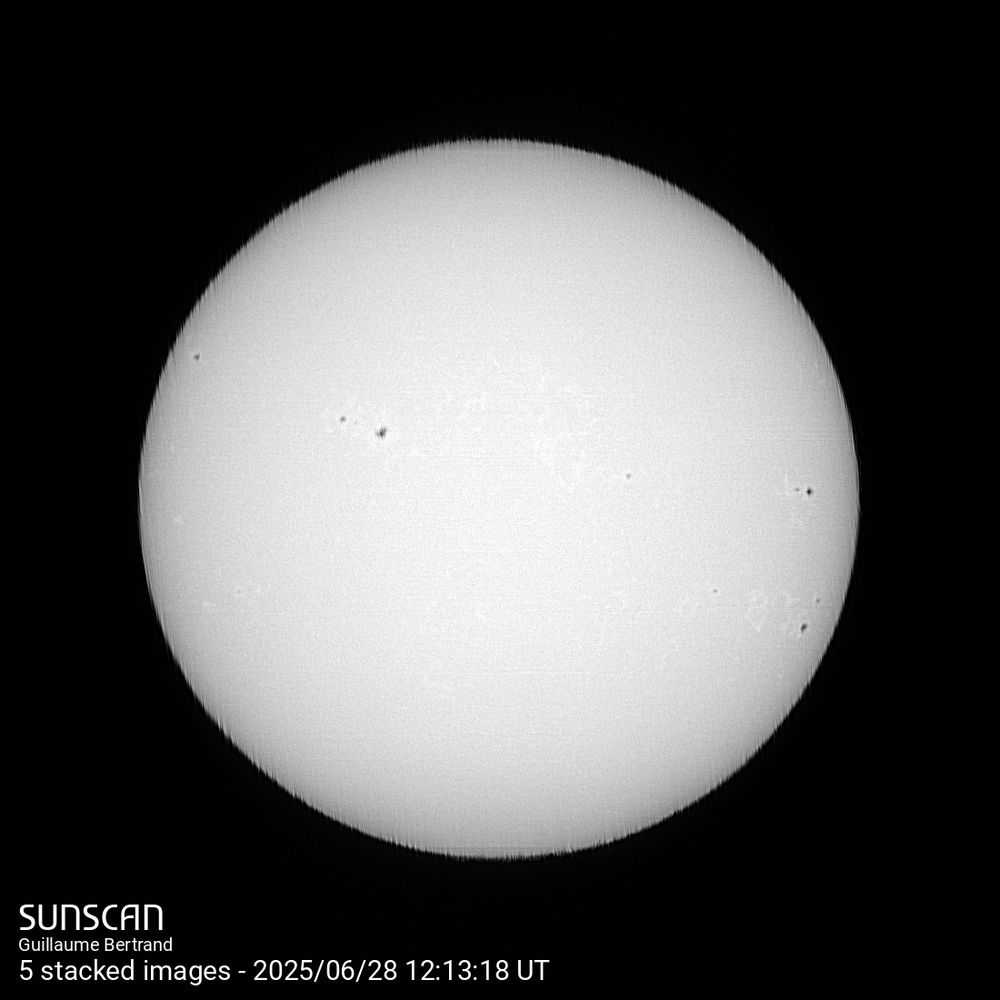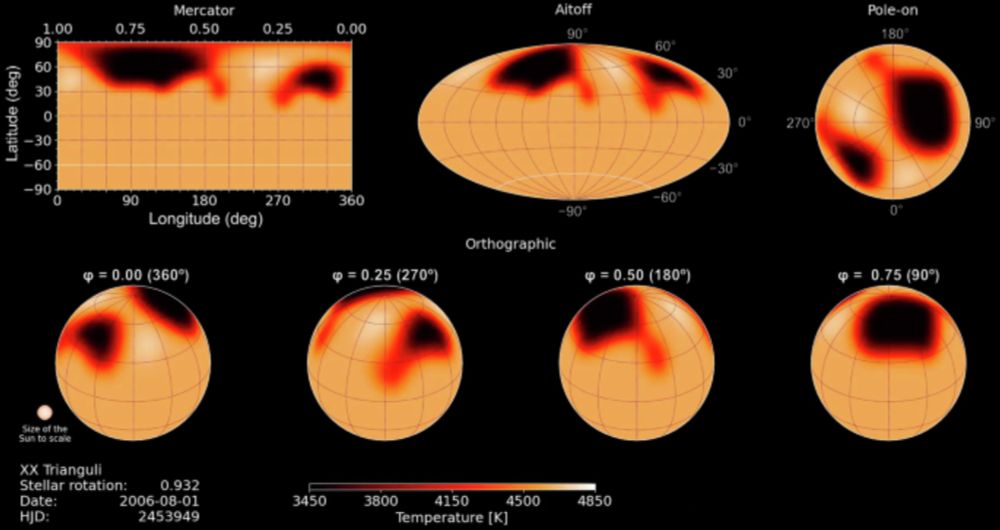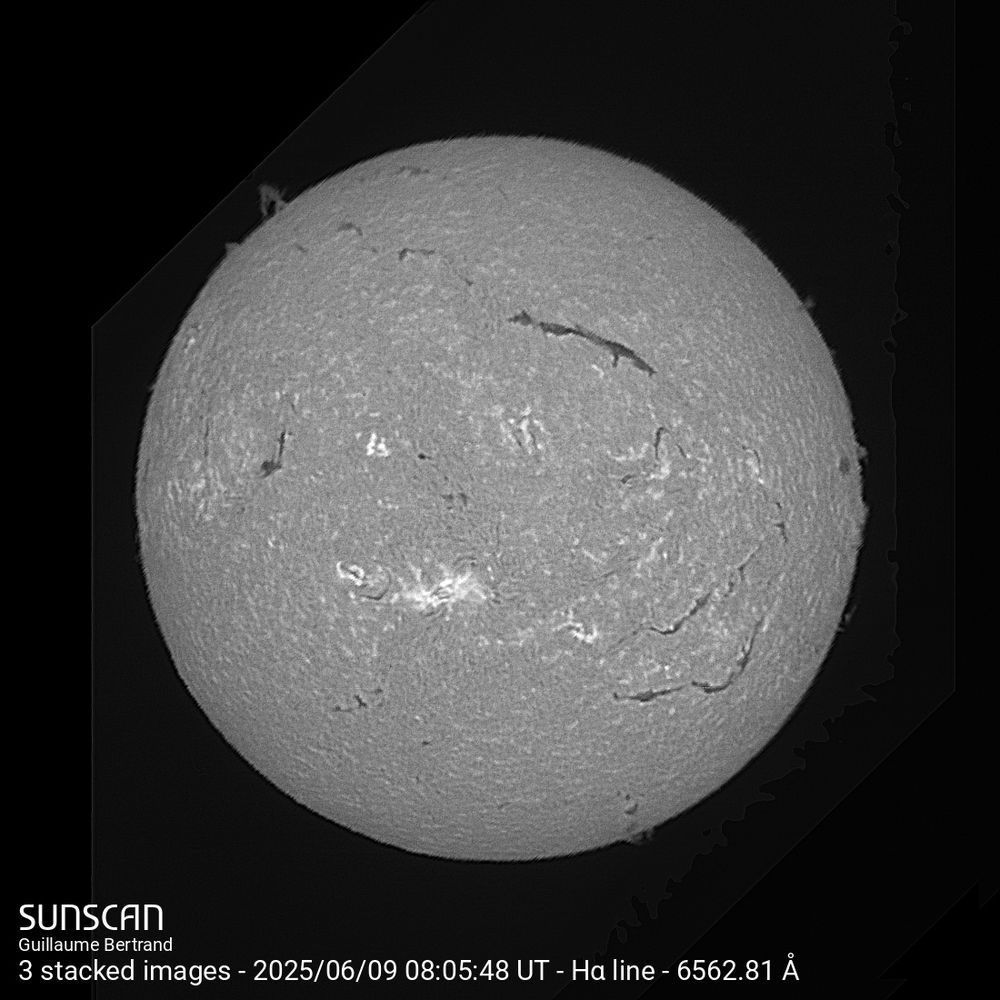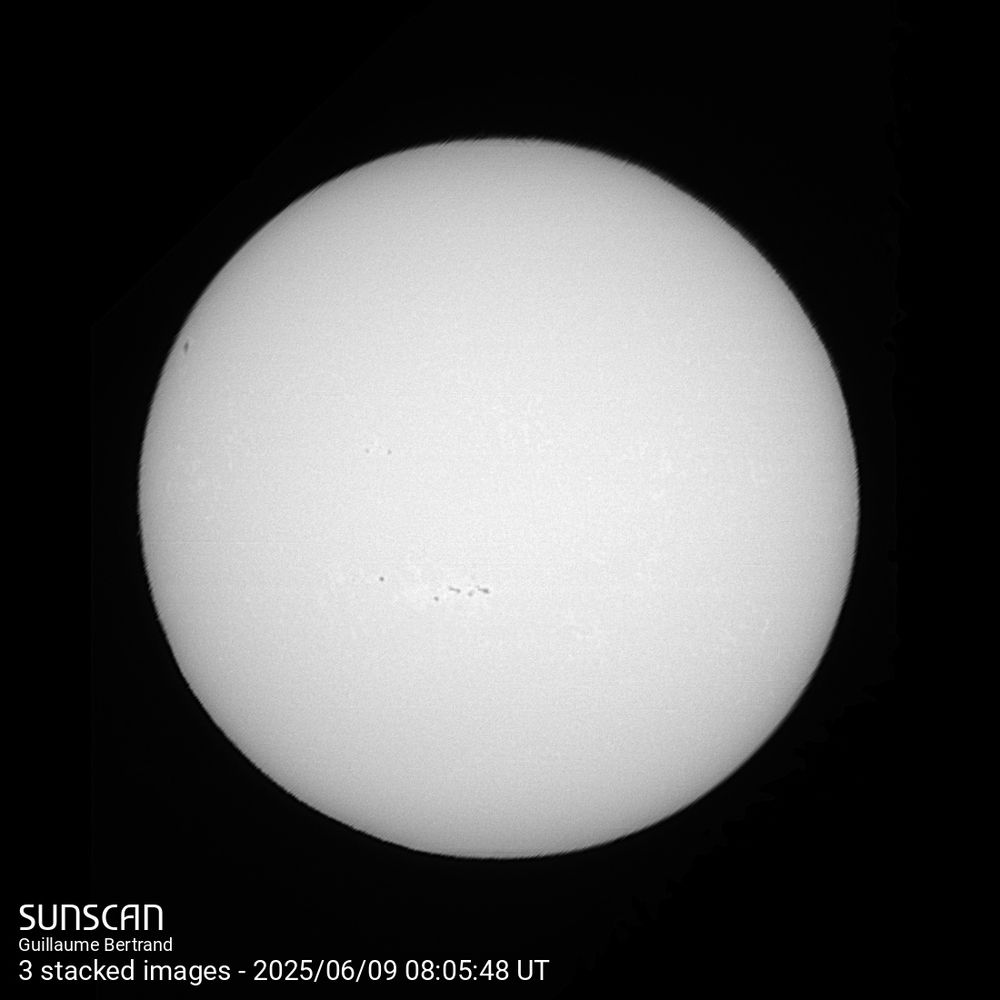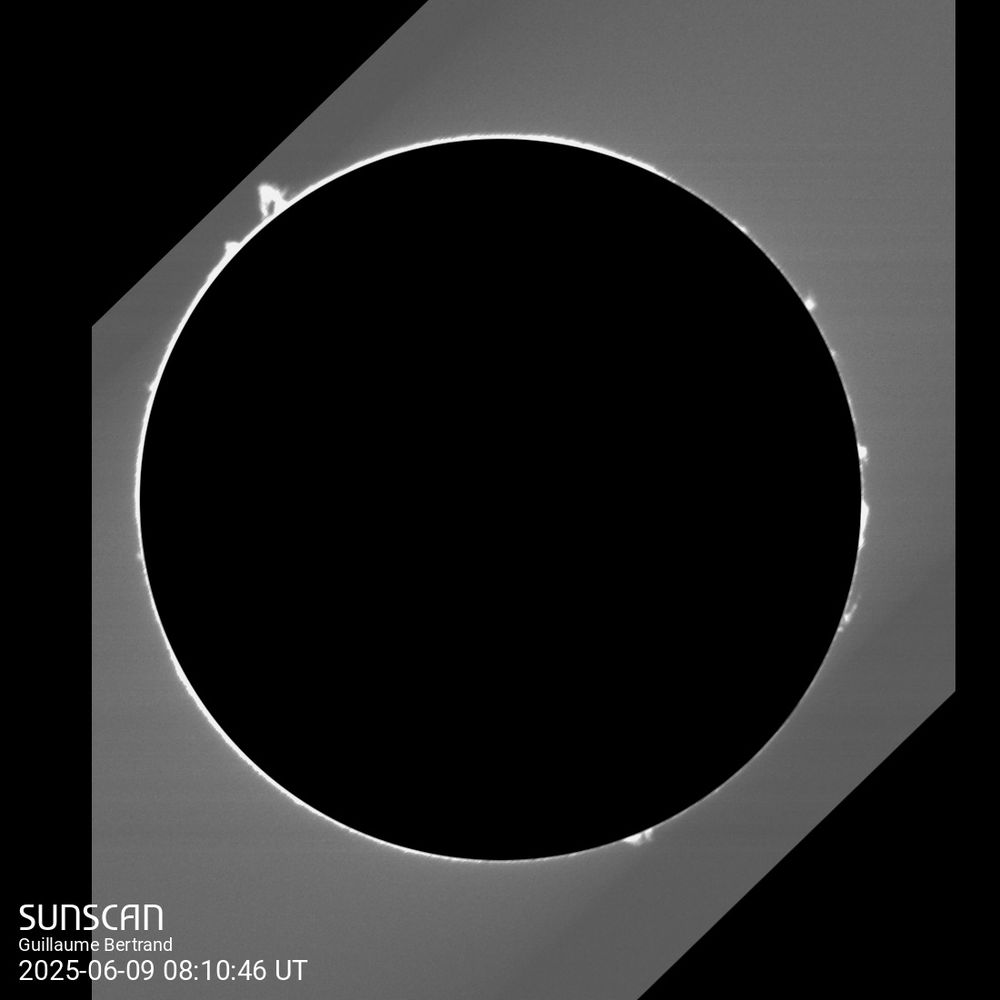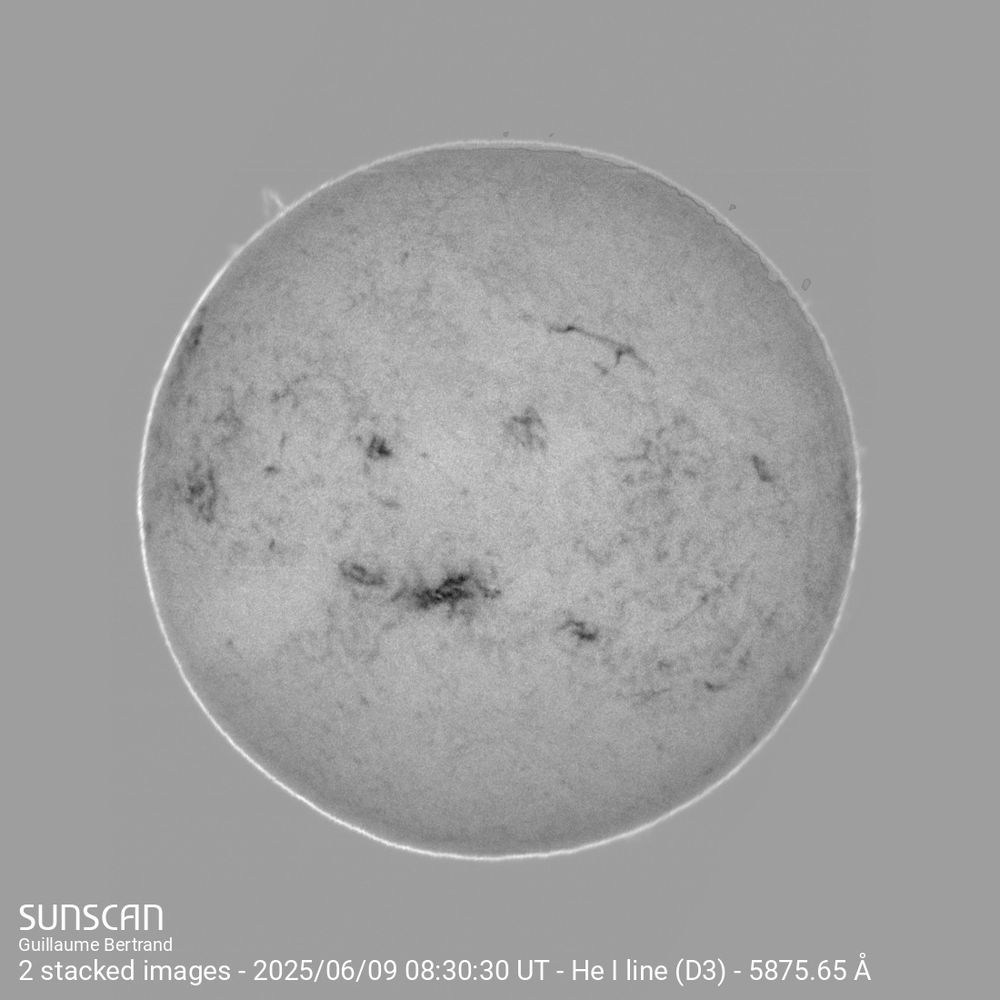
Le prix Nobel de physique 2025 récompense l’effet tunnel quantique à grande échelle
Le prix Nobel de physique 2025 récompense Michel Devoret, John Clarke et John Martinis pour leur découverte de l’effet tunnel macroscopique : un phénomène quantique où des milliards d’électrons traver...
Le prix Nobel de physique 2025 récompense Michel Devoret, John Clarke et John Martinis pour leur découverte de l’effet tunnel macroscopique : un phénomène quantique où des milliards d’électrons traversent une barrière infranchissable selon la physique classique.
Kezako ? Explications en Gif ⬇️
07.10.2025 14:35 — 👍 108 🔁 31 💬 3 📌 4


Devenu addict de cette appli que nous venons de lancer avec des collègues : refeed.news.
L'idée est de générer automatiquement des revues de presse personnalisées, pour respirer et capter l'essentiel au delà du brouhaha des réseaux sociaux. Essayez et dites moi !
24.09.2025 07:19 — 👍 37 🔁 13 💬 19 📌 4
YouTube video by Cédric Champeau
JSol'Ex 4.1.0 : définition de profils et collages photo
JSol'Ex 4.1.0 est sorti, avec des améliorations ergonomiques pour la soumission BASS2000, des profils de sélection d'images, des "plugins de scripts" et un mode collage. Tout ça en vidéo ici: www.youtube.com/watch?v=njbD...
melix.github.io/astro4j/late...
#JSolEx #SolEx #solar
24.09.2025 18:35 — 👍 2 🔁 1 💬 0 📌 0
🧵
A study, published in ApJ (July 2025), suggests that quasars, the extremely luminous active nuclei of galaxies, could signpost pairs of supermassive black holes, orbiting each other.
Video: NASA's Goddard Space Flight Center/Scott Noble; simulation data, d'Ascoli et al. 2018
🔭 🧪 #cosmology
19.09.2025 19:41 — 👍 63 🔁 13 💬 1 📌 0
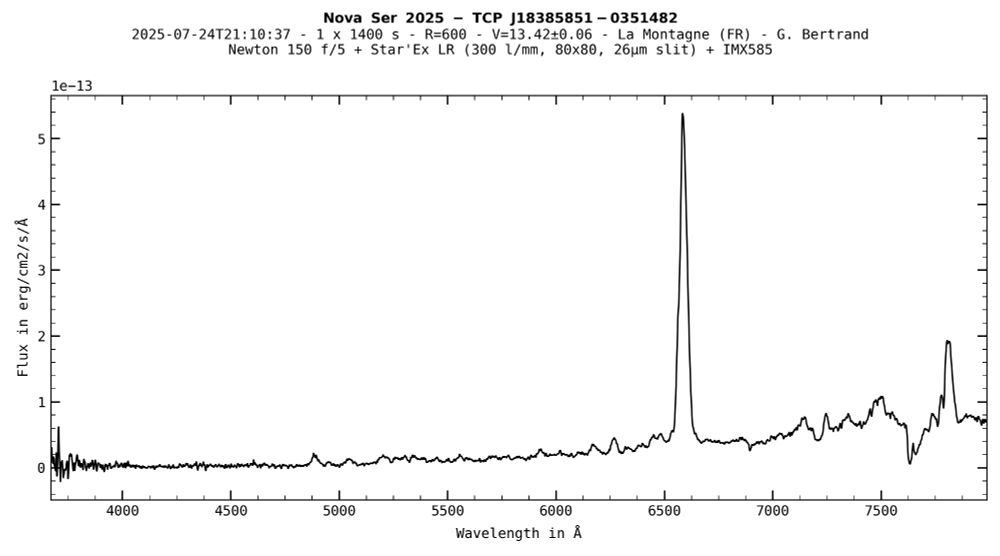
Despite tough conditions (technical issues), I managed to capture a spectrum 🌈 of Nova Ser 2025 (V691 Ser) and do V-band photometry. #astronomy #astrophysics
25.07.2025 16:29 — 👍 9 🔁 1 💬 0 📌 0
Betelgeuse is a double! Fun to learn something new about a familiar star.
21.07.2025 19:09 — 👍 148 🔁 29 💬 7 📌 6
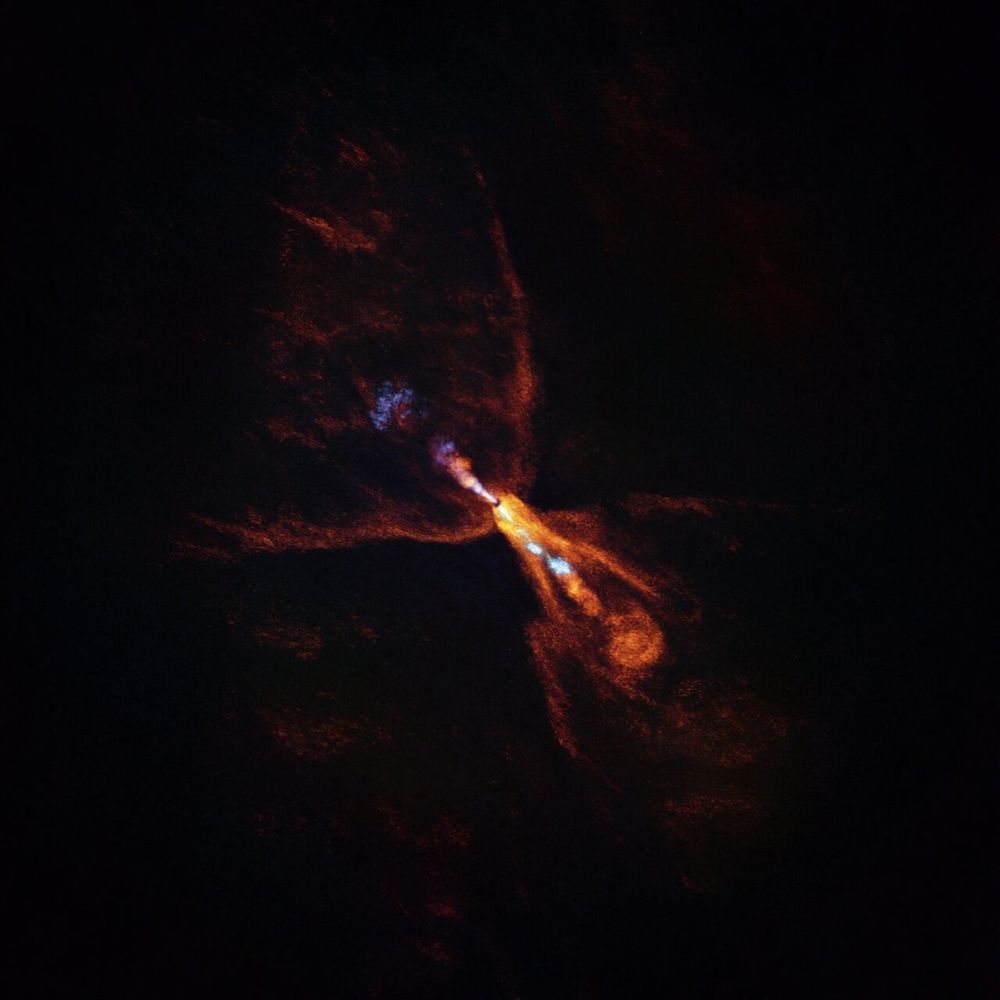
Naissance d'une étoile avec des jets
Des astronomes viennent d'observer la naissance d'une étoile à 1300 années-lumière de nous!!
©ALMA(ESO/NAOJ/NRAO)/M. McClure et al.
16.07.2025 15:17 — 👍 197 🔁 32 💬 8 📌 2
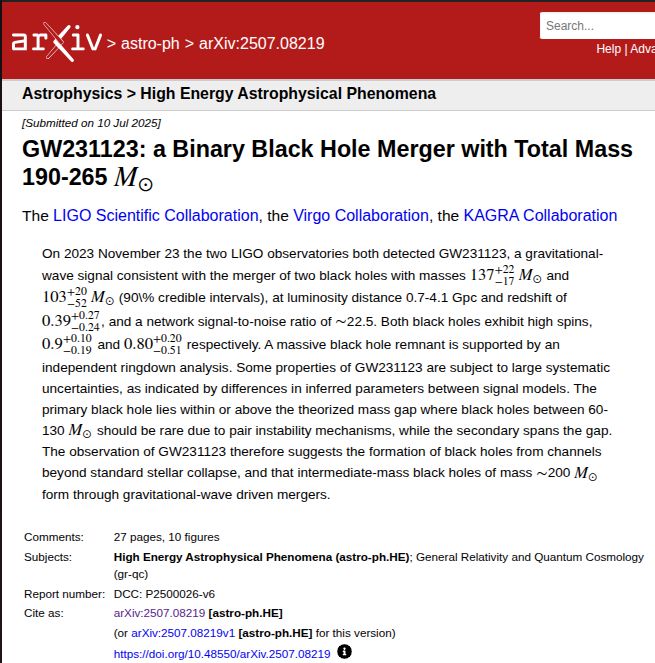
arXiv preprint
GW231123: a Binary Black Hole Merger with Total Mass 190-265 M⊙
On 2023 November 23 the two LIGO observatories both detected GW231123, a gravitational-wave signal consistent with the merger of two black holes with masses 137+22−17M⊙ and 103+20−52M⊙ (90\% credible intervals), at luminosity distance 0.7-4.1 Gpc and redshift of 0.39+0.27−0.24, and a network signal-to-noise ratio of ∼22.5. Both black holes exhibit high spins, 0.9+0.10−0.19 and 0.80+0.20−0.51 respectively. A massive black hole remnant is supported by an independent ringdown analysis. Some properties of GW231123 are subject to large systematic uncertainties, as indicated by differences in inferred parameters between signal models. The primary black hole lies within or above the theorized mass gap where black holes between 60-130 M⊙ should be rare due to pair instability mechanisms, while the secondary spans the gap. The observation of GW231123 therefore suggests the formation of black holes from channels beyond standard stellar collapse, and that intermediate-mass black holes of mass ∼200 M⊙ form through gravitational-wave driven mergers.
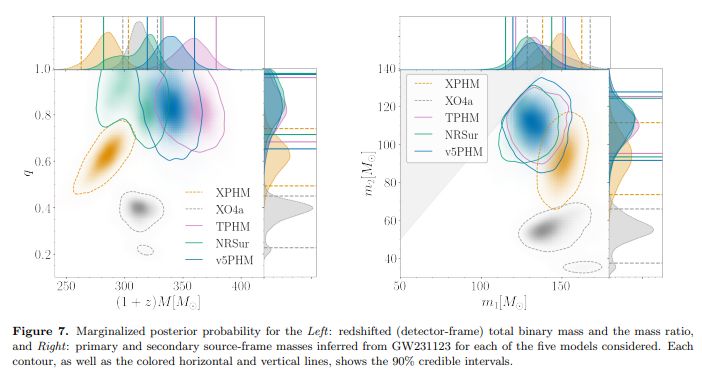
Figure 7 of the paper showing the inferred masses. The masses are measured to be high, but the exact values depend significantly depending on the waveform model used. These are the most significant systematic uncertainties we have seen so far. New detections are pushing the boundaries of our calculations.
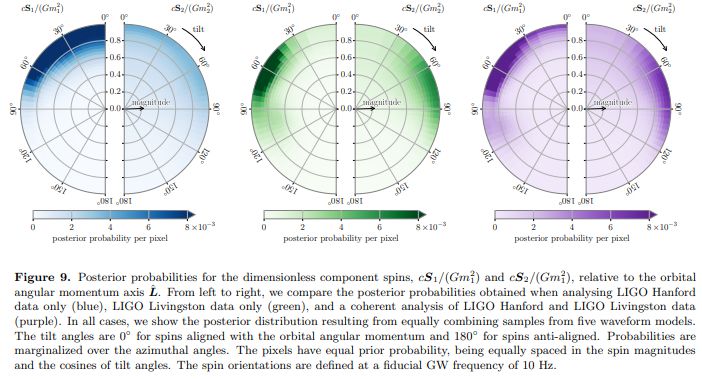
Figure 8 of the paper showing the inferred spins. Results again vary between waveform models, but they consistently show high spin magnitudes with some support for misalignment relative to the orbit of the binaries.
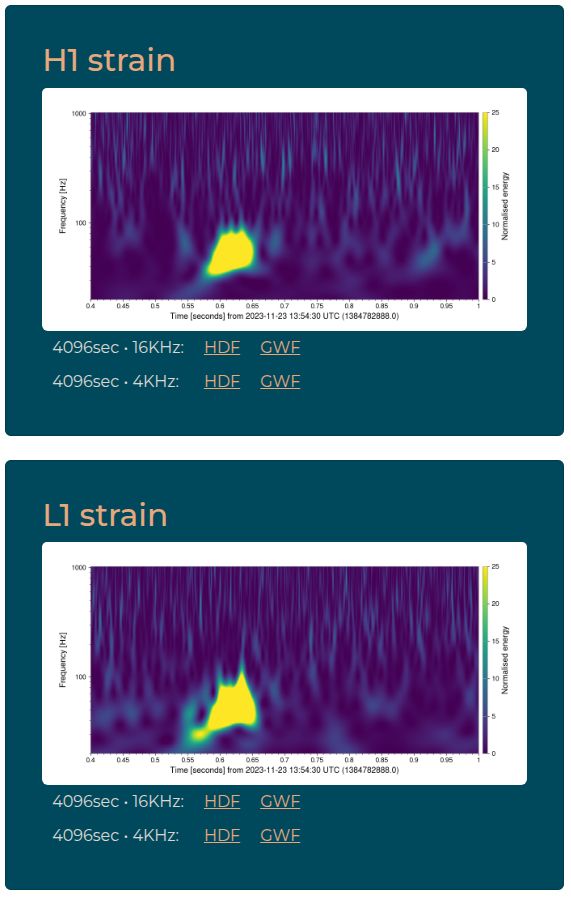
Screenshot of from the Gravitational Wave Open Science Center showing spectrograms of the signal (which is short) as well as links to download the raw data.
The LIGO Virgo KAGRA study of #GW231123 was posted to the arXiv today, and is free to read
arxiv.org/abs/2507.08219
Data are available from the GW Open Science Center
gwosc.org/eventapi/htm...
#OpenScience #OpenData ☄️
14.07.2025 16:18 — 👍 36 🔁 13 💬 1 📌 4
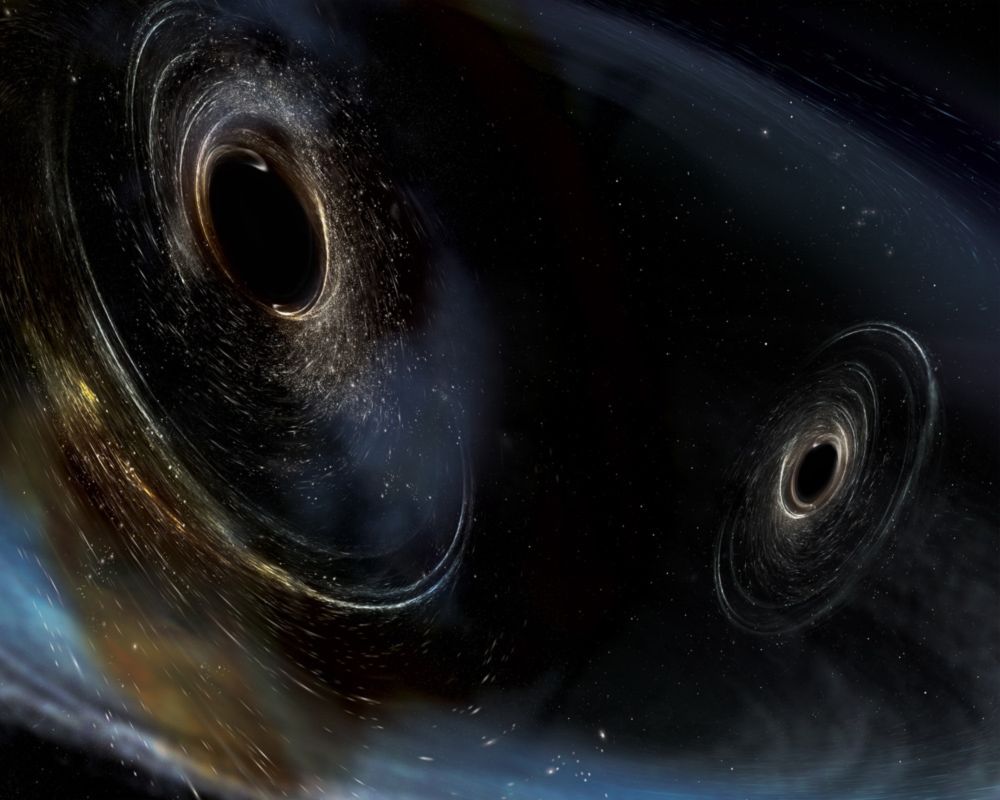
The biggest black hole merger ever detected so far rocked the Universe
The gravitational waves they emitted were fiercely powerful, but where did the black holes come from?
In 2023, astronomers detected a cosmic blast so powerful it released more energy than ALL THE STARS IN THE UNIVERSE COMBINED. The cause: two black holes colliding and merging… which is a problem, because they were way bigger than we thought possible.
badastronomy.beehiiv.com/p/the-bigges...
🧪🔭
14.07.2025 14:49 — 👍 330 🔁 85 💬 23 📌 6

Pluton

Pluton
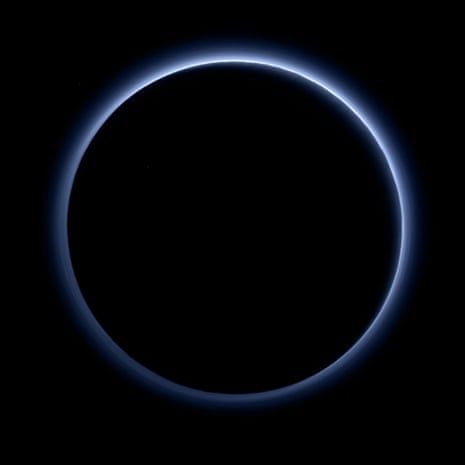
Pluton
Il y a 10 ans, la sonde New Horizons survolait Pluton, aux confins du système solaire, nous ramenant ces clichés exceptionnels.
14.07.2025 18:43 — 👍 464 🔁 80 💬 9 📌 6
Hopla, on est prêtes avec @marietreibert.bsky.social pour un live sur les premières images de Vera Rubin 🔭
et…. on passera ensuite une heure à regarder les étoiles avec @pierregirard.bsky.social en direct de l’OHP à Nice ✨
Le lien twitch dessous et le lien YouTube ici m.youtube.com/watch?v=WtQu...
01.07.2025 18:46 — 👍 42 🔁 9 💬 1 📌 0

Avez-vous une minute pour aider cette campagne?
Oui au pluralisme et à l'indépendance des médias audiovisuels publics, non à leur fusion !
Si vous aimez l’audiovisuel public et craignez comme nous pour son avenir menacé par un projet de fusion, n’hésitez pas à apporter votre soutien à cette pétition.
chng.it/dZ8YZk5W6K
29.06.2025 10:35 — 👍 63 🔁 46 💬 6 📌 3

Le télescope Vera Rubin vient de livrer ses premières images spectaculaires, et elles pourraient bien bouleverser notre vision de l’univers. Ce mardi à 21h30, Arte vous propose un live exceptionnel sur Twitch et YouTube : une première partie consacrée à cette prouesse scientifique et humaine, suivie d’une observation du ciel en direct avec des médiateurs et un astrophotographe. Une émission immersive pour explorer ensemble les mystères de la matière noire et les coulisses de l’astronomie moderne. Présenté par Marie de la boite à curiosités, Alexandra Delbot et Pierre Girard.
📲 L’univers vient de nous envoyer une notif.
Objet : « Révélations cosmiques »
Rendez-vous mardi dans Scope pour découvrir en direct les incroyables images du télescope Vera Rubin 👉 Twitch.tv/artefr
28.06.2025 10:00 — 👍 29 🔁 7 💬 1 📌 7
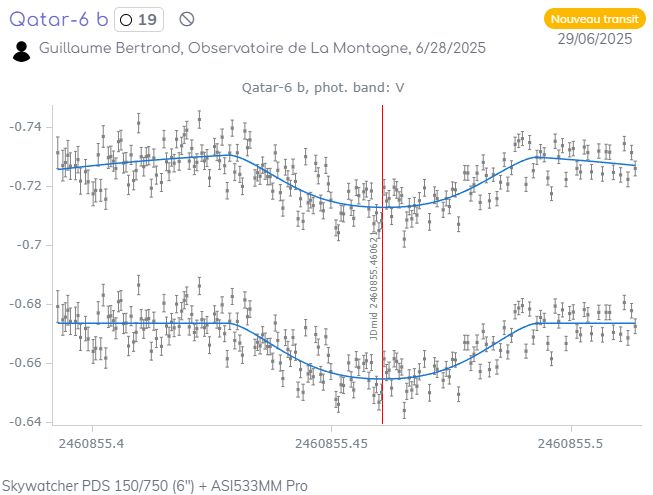
My first exoplanet transit with my little 6-inch Newtonian telescope 🔭 not perfect but what a cool experience! 💫Here is the photometric curve of Qatar-6b! var.astro.cz/fr/Exoplanet... #astrophysics #astronomy #photometry
29.06.2025 10:53 — 👍 39 🔁 3 💬 2 📌 0

We found the most distant confirmed galaxy
(some Sergej Boebka vibes 😅)
arxiv.org/abs/2505.11263
19.05.2025 06:42 — 👍 49 🔁 15 💬 0 📌 6
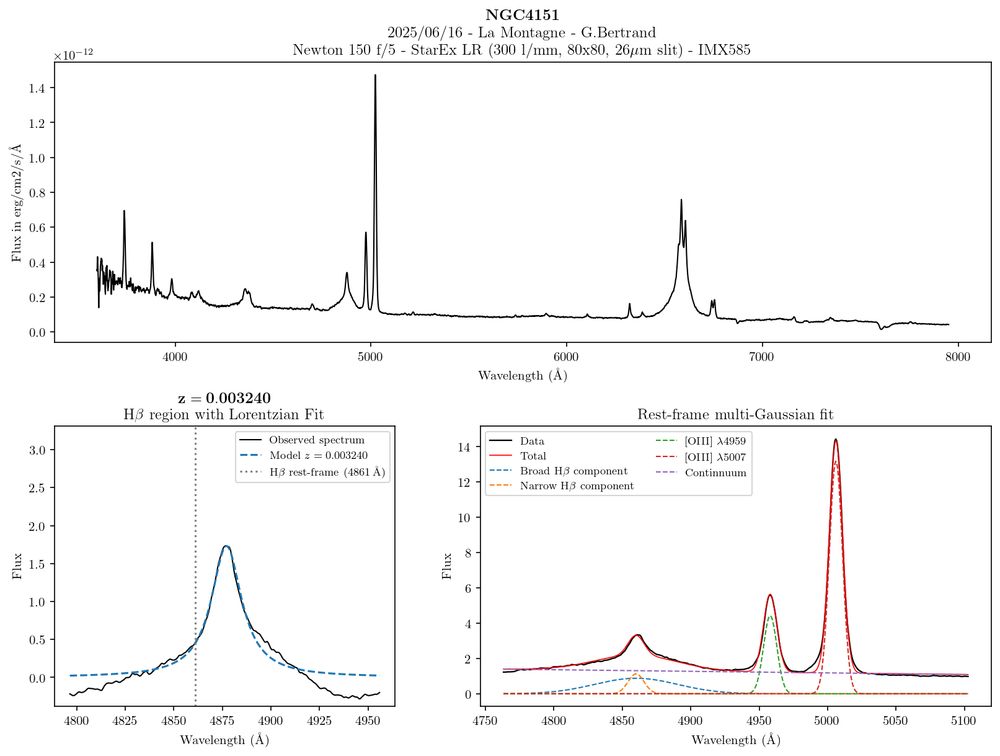
Here's a cool spectro and photometry experiment to measure the mass of supermassive black holes from your backyard :) Based on single-epoch estimators in broad-line AGN. 🌈🔭 #astrophysics #astronomy #spectroscopy #photometry
guillaumebertrand.notion.site/Estimating-b...
26.06.2025 11:43 — 👍 10 🔁 3 💬 0 📌 0
Merci pour le partage Cédric 😁
26.06.2025 06:13 — 👍 1 🔁 0 💬 0 📌 0
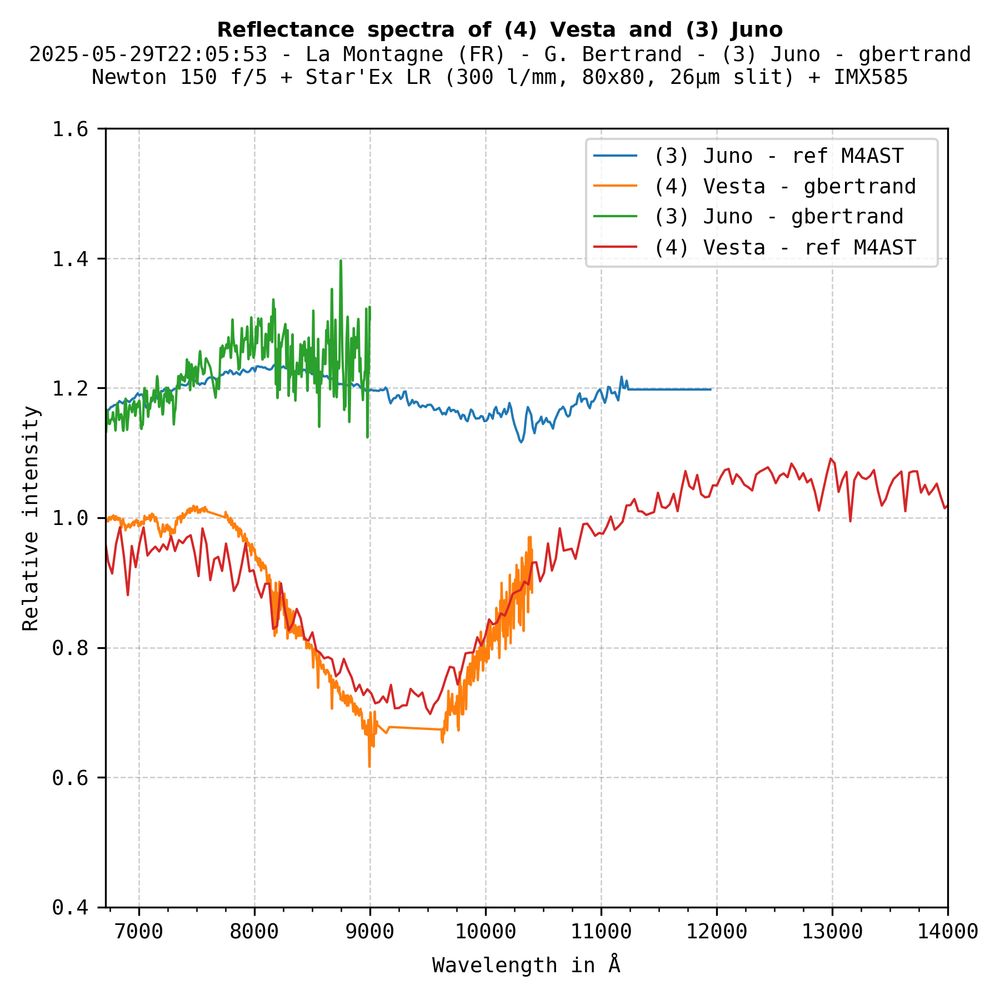
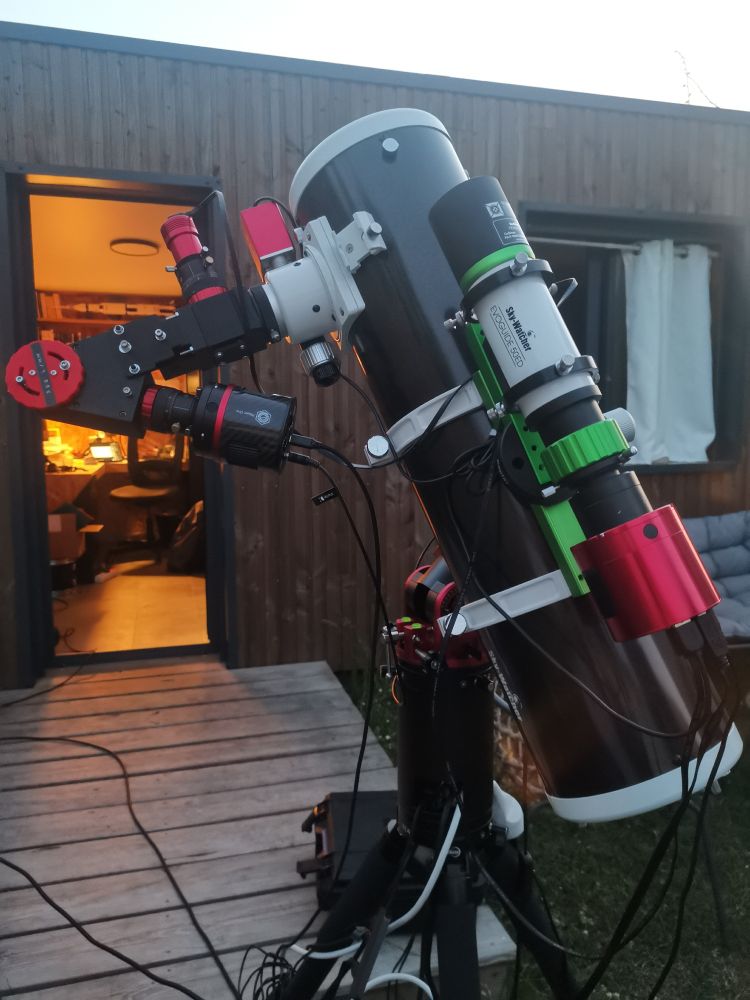
Here is some work on spectral reflectance study of asteroids with the Star’Ex low-resolution spectrography #astronomy #astrophysics #spectroscopy guillaumebertrand.notion.site/Spectral-Ref...
21.06.2025 06:09 — 👍 6 🔁 2 💬 0 📌 0
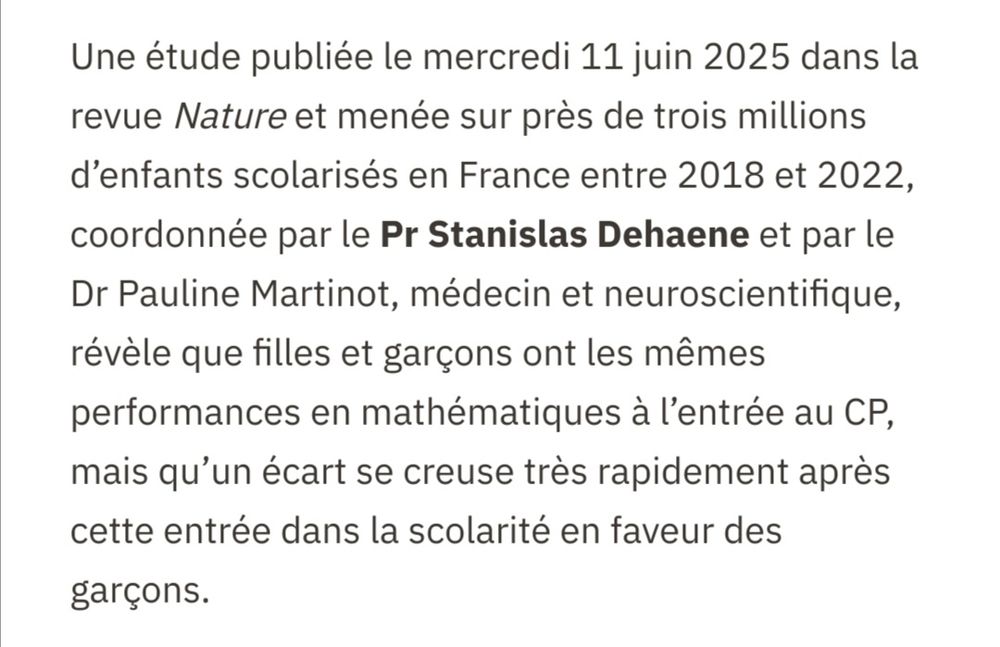
Les inégalités de genre en mathématiques apparaissent dès les premiers mois de l'enseignement primaire.
Étude, publiée dans @nature.com , par Pauline Martinot et Stanislas Dehaene. Communiqué sur le site du @collegedefrance.bsky.social :
www.college-de-france.fr/fr/actualite...
12.06.2025 04:46 — 👍 2 🔁 5 💬 1 📌 0
ACME Multimessenger Citizen Science: Training Event for Amateur Astronomers - Sciencesconf.org
ACME (Astrophysics Centre for Multimessenger studies in Europe) Multimessenger Citizen Science: Training Event for Amateur Astronomers - online 10 June 2025 citizen-science.sciencesconf.org 🔭🧪⚛️ #citizenscience
28.05.2025 07:42 — 👍 5 🔁 1 💬 0 📌 0
YouTube video by ARTE
Trump VS les sciences du climat | Scope | LIVE | ARTE
🔭 Scope, le stream scientifique d’ARTE est de retour ! Ce soir, le stream scientifique d’ARTE explore le rôle central des États-Unis dans les sciences du climat et les conséquences de leur retrait progressif 👇
26.05.2025 16:52 — 👍 93 🔁 39 💬 2 📌 3

Article en Belgique annonçant la censure du spectacle
Notre spectacle qui parle de l'infini de l'univers et de la connerie avec @guillaumemeurice.bsky.social a été déprogrammé à Uccle en Belgique.
Est-ce que c'est parce que je fais de l'astrophysique subversive ?
Est-ce que le bourgmestre est platiste?
Tant de questions sans réponses !
25.05.2025 17:29 — 👍 388 🔁 102 💬 26 📌 7
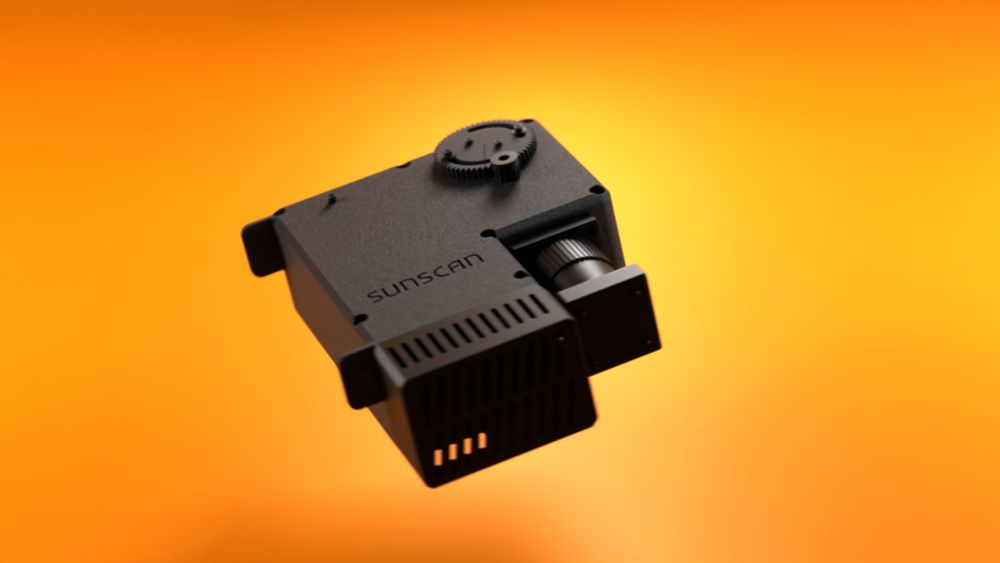
What is it? | SUNSCAN
@khagolnomy.space Yes! 😁 All about this project here : www.sunscan.net
24.05.2025 18:06 — 👍 1 🔁 0 💬 1 📌 0
Vous savez, la présidente de région qui expliquait partout que la région n'avait plus les moyens de soutenir des projets culturels ?
Elle finance avec l'argent des contribuables le petit délire nationaliste d'un milliardaire.
23.05.2025 20:28 — 👍 880 🔁 548 💬 38 📌 5
Retraité.
Alpes de haute-Provence.
Passionné de sciences, photo, astrophysiqye et alpinisme.
Amateur astronomer and astrophotographer. Member of AAVSO.
UCL Astrophysics alumnus. Amateur Astronomer. Lead Software Engineer @LumiSpace. Previously @LoftOrbital. Go / Vue3 / Typescript / Nuxt / Python. Amateur Astrophotographer. Building https://observerly.com. GitHub: https://github.com/michealroberts
Australian astronomer
he/him
Sydney/Gadi
Maths teacher. I aim to share lots of snippets of my lessons using #MathsToday and would encourage you to do the same!
Also occasional geometry puzzles 🧩
SF writer / computer programmer
Latest novel: MORPHOTROPHIC
Latest collection: SLEEP AND THE SOUL
Web site: http://gregegan.net
Also: @gregeganSF@mathstodon.xyz
Dad. Author of the Cosmic Collisions books. Astrophysicist and Citizen Science fanatic @nasa. www.marckuchner.com
L’ObAS est un Observatoire des Sciences de l’Univers, une école interne de l’Université de Strasbourg (Unistra), et une Unité Mixte de Recherche Unistra-CNRS.
Compte officiel de la Société Française d'Astronomie et d'Astrophysique
Hobby Astrophotographer in Berlin/Germany. No DMs please. This is my astrophotography account. Over there is my photography account: https://bsky.app/profile/stefankellnerphoto.bsky.social
Looking for #phdjobs in computational astronomy. B.Sc. in Physics and M.Sc. in Data Science. Currently working in IT - Database DevOps.
Astronomy PhD, software engineer supporting space telescopes, and the astrophysics that they enable.
http://brettmorr.is/
Posts my own, not my employer's.
Plasma physics, mostly via kinetic simulations on supercomputers.
I occasionally (but not actually every day) post a "Paper of the Day" #potd that may or may not be related to my work.
Write. Plan. Collaborate. With a little help from AI.
Mostly #HamRadio stuff. CW, DXing, SOTA & /P, Satellites. Hiker, sailor, astronomer, cricket watcher FOC #2204 dit dit
Professeur de lettres histoire géographie. Co-président de @aphgpaysdelaloire.bsky.social #APHG #Education
#Poésie #littérature, #géographie #histoire #photo #plp
Proche du magnifique Lac de Grand Lieu
Accessoirement Prix Nobel de pédagogie selon les TECP
Get ready for a new era in astronomy and astrophysics with Rubin Observatory!
Para español siga a Instagram: http://instagram.com/rubin_observatory



